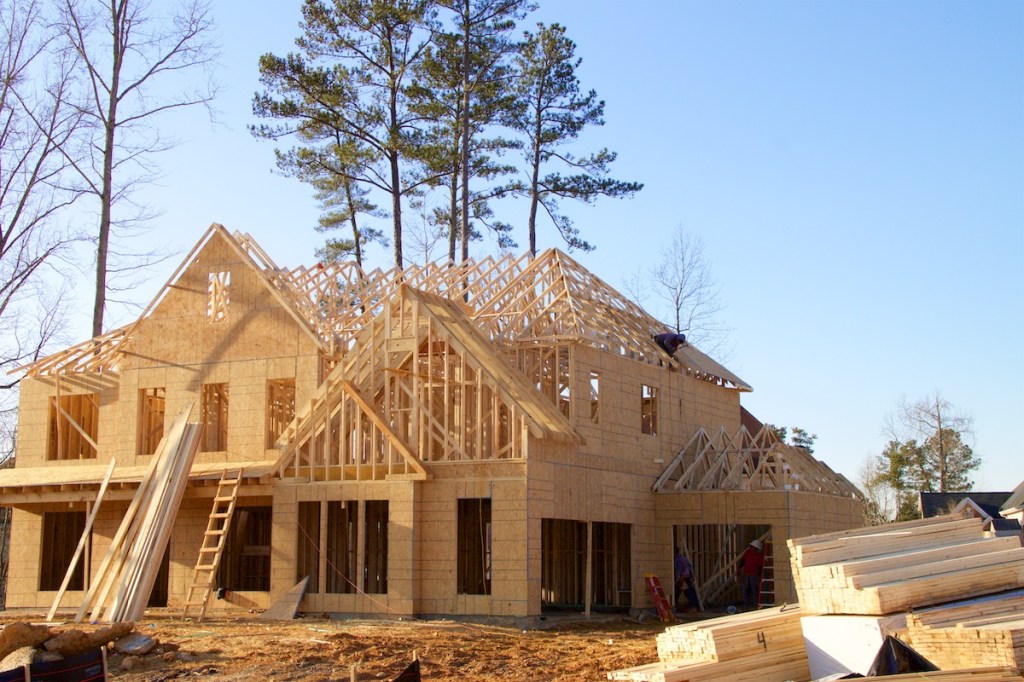We are living in a world of post-pandemic inflation and uncertainty. Interest rates, single-family homes, gas, and groceries, among other essentials, are on the rise. The dream of home ownership is out of reach for many, yet the consumer preference of living in a home remains strong, and has likely increased. Investors provide capital necessary for many families to fulfill their aspirations of living in a house whether renting or owning.
Let’s first consider some of the factors driving increased home rentership. Millennials have come of age and now are the biggest consumers of U.S. housing stock; yet, they bring some unique characteristics to the market. Data from John Burns Real Estate Consulting shows that student loan debt has increased 100% since 2007, keeping many renters in place. Another factor illustrated by John Burns is that 30-year-olds are delaying life milestones. In 2020, only 32% of 30-year-olds owned homes compared to 58% in 1980. Similarly, only 48% of all 30-year-olds in 2020 were married, in contrast to the 83% in 1980.
Flexibility or mobility is another consideration for renting
Selling a home typically involves nearly 10% in transaction fees between real estate agents, title companies, inspections, and other expenses. None of these apply to renting a home which enables people to more easily pursue the next great job opportunity or to move into a community with better schools for their growing family.
Irrespective of the reason they rent a home, the option to rent a single-family home is imperative for families to have additional space. Think about it this way. Multi-family housing consists of mostly one-bedroom, one-bathroom apartments, maybe some two-bedroom, two-baths. RentCafe reported the average size of an apartment in the United States in 2018 to be 941 square feet. That is simply not enough space for a family of five or for any functional work-from-home arrangement.
Compare that to the average size of a single-family home in the United States in 2020: 2,491 square feet (Source: Statista). A single-family home provides nearly triple the square footage, yet is not triple the price. To be precise, the average U.S. rent of a single-family home is only 21% more than the average rent of an apartment in 2022, according to World Population Review.
How can investors help with homeownership?
Let’s switch gears and consider how investors help with home ownership. A study from Freddie Mac reported that, as of 2018, 51% of homes in the U.S. were built before 1980. In other words, more than half of all single-family dwellings are now more than 40 years old.
Most of us, when we go to buy a used car don’t buy a fixer-upper. Instead, we prefer a “certified” pre-owned car that has gone through a multi-point inspection with all of the preventative maintenance up to date. This is because most of us are not expert mechanics.
Similarly, most people lack the resources, knowledge, and time to purchase dilapidated houses and bring them up-to-date. There’s an even more subtle consideration. Most financing to acquire a home in need of updating or repair is short-term and relatively expensive.
Yes, there are some government programs that provide construction components on permanent loans, but they are not ideal for inexperienced home buyers. Investors bring their own capital and then borrow short-term capital to update the homes. That way the homebuyer can get a straightforward, relatively inexpensive 30-year mortgage to finance their purchase.
Here’s one data point for you. ATTOM Data Solutions found that 7.8% of all flipped homes in Q3 2021 went to FHA buyers. FHA loans are insured by the Federal Housing Administration and have less stringent down payment and credit requirements.
Investors are helping first-time home buyers across the country purchase renovated homes and other families get into high-quality rental homes. But, who are these investors? Contrary to what you might think, investors are not synonymous with Wall Street. According to data from John Burns, only 2% of SFR rental properties are institutionally owned, compared to 50% of multi-family properties. The same holds true for the investors that are renovating homes and reselling them.
Ultimately, addressing the housing shortage in the country is going to require a variety of solutions, as well as multiple initiatives from the public, private, and government sectors. The Federal government is doing its part in expanding housing solutions and Section 8 Housing, nonprofit organizations are contributing to the efforts, and investors are another piece of the puzzle.
Jeff Ball is CEO of Visio Lending.
This column does not necessarily reflect the opinion of HousingWire’s editorial department and its owners.
To contact the author of this story:
Jeff Ball at Jeff@visiolending.com
To contact the editor responsible for this story:
Sarah Wheeler at sarah@hwmedia.com





